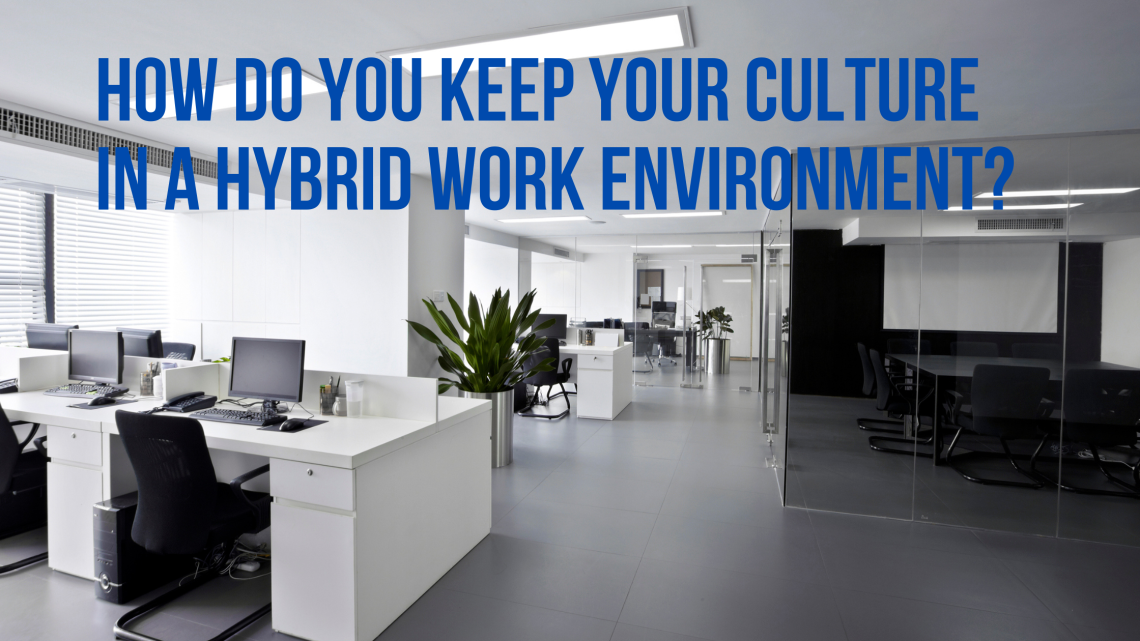
Millions of people now work in fully or partly remote situations and it should be clear that we have arrived at a permanent shift in what ‘workplace’ means. But that suggests that workplace is simply the physical address at which you perform the duties of your job. The real definition is more complicated because our workplace in the past provided far more than just a structure to protect us from elements while we worked. It even was more than the specialized equipment or at-hand resources. Workplace in the past provided emotional and psychological places where our definition of self – or at least one aspect of self – was realised. That is where employers have usually helped shape part of our identity and not just our job description.
We hardly ever choose an employer based on who has the coolest physical office space. We might be impressed by the company with free organic snacks and pressed juice on offer, but what we are reacting to is who that says that company is. And most importantly, how that aligns with who we think we are. We might choose a start-up because it is new and unproven and the beginning of something. We choose a centuries old iconic brand because we wore it or ate it or drove it and we believe in the product. We want to be part of that image, that story. One could say that is why we join a company, not a workplace, but the workplace embodies the experience of the company.
A workplace communicates the company identity. When we drove up to workplace, we shifted into a different mindset. We associated our tube stop or car journey with that company. Open plan layouts with modern sleek furniture make a different statement than carpeted floors and dark wood panels with single occupant office spaces. An organisation – especially a very large, multinational one – can feel both amorphous and anonymous. A workplace is personal and tangible. It is the experience of the company in a localised, physical way.
So what do we do now that we have reduced the amount of time spent in the physical workplace that an employer provides? How do employers help teams remain connected to each other and communicate corporate values to the people who work for them? In the past, workplace helped indicate priorities. For example, a lactation room or preferred parking for pregnant employees, signaled a certain type of commitment to working parents. Similarly, offices that offer halal or kosher (or vegan or gluten-free) food in their canteen reflect the needs of their workforce and their efforts to meet them. Artwork, furnishings, office layout – these all are powerful communications of ‘who we are’ as a company. Before the pandemic, 77 percent of UK adults surveyed said they put culture before salary. Since the pandemic, the Great Resignation has only further proven how much more important a positive work experience is.
So, what does culture look like now? Most employers have focused on the logistics of how to do partly remote work. Many are only now beginning to figure out a long-term strategy to hiring remotely, onboarding virtually and managing teams over videocalls. Some of the reluctance by employers to accept hybrid work arrangements reflected legitimate concerns about these challenges. And it is true that many worry about the natural loss of organic communication and group think that flourishes when people are in close physical proximity to each other. This is one of the reasons why most experts believe that hybrid, as opposed to fully remote work, will be the new normal. But none of this addresses the real question of corporate culture when people are not in the same space most of the time. And culture can directly impact how engaged employees feel.
Leaders need to redefine what culture looks like in a hybrid work environment.
There is not much evidence so far that anyone has nailed this balance yet. To be fair, this kind of revolution in how we work came at a pace that leadership teams didn’t face in the past. A pandemic forced a fully remote situation that we then dialed back down to hybrid. Leadership teams usually start with the status quo and then slowly and thoughtfully transition to a new standard. Since the train has already left the station, it will be up to people leaders to take the initiative, and present ideas to leadership. They will have to think about not only the logistics of hybrid work, which has dominated the conversation, but also the mental and emotional needs of hybrid work. How do you celebrate employee birthdays now? Do you still have annual holiday celebrations? These are communal experiences that unite us as people. Most employees still want to maintain those moments, even if they look different in our new era. Workplace may be undergoing renovation but our need to connect is as strong as ever. Corporate culture still plays a strong role in employee satisfaction and loyalty. The leaders who prioritise evolving the culture to meet the moment will likely be ahead of the pack for years to come.
In terms of my background and expertise, I have spent my entire career working as a trusted advisor to senior leaders wanting to improve the effectiveness of themselves, their teams and their companies. Prior to starting my own consulting firm, I led the global executive assessment and development team for Cisco. Earlier in my career I held leadership roles with RHR International, PepsiCo, Ashridge Executive Education, Hult International Business School and the Central European University, Budapest, Hungary.

Dr Robert Kovach
PSYCHOLOGY. LEADERS & TEAMS.







